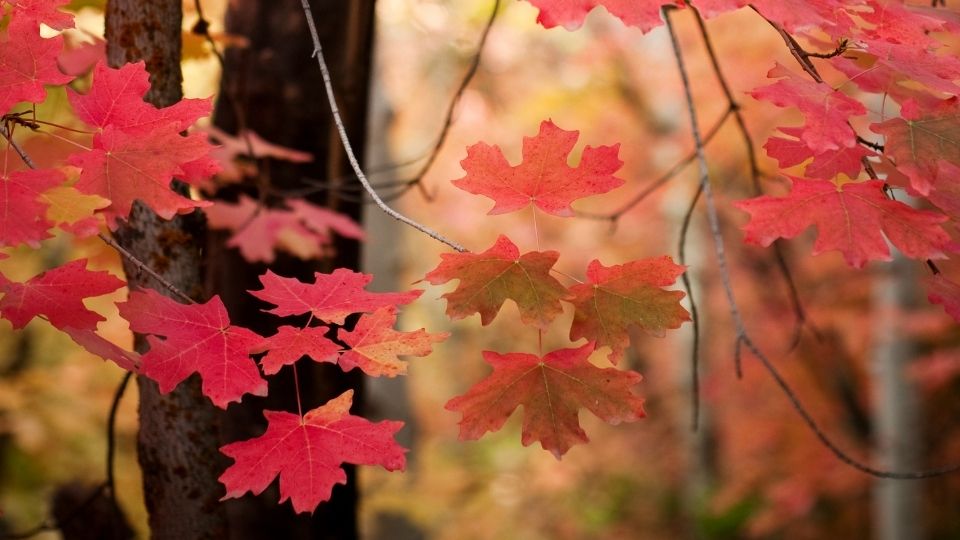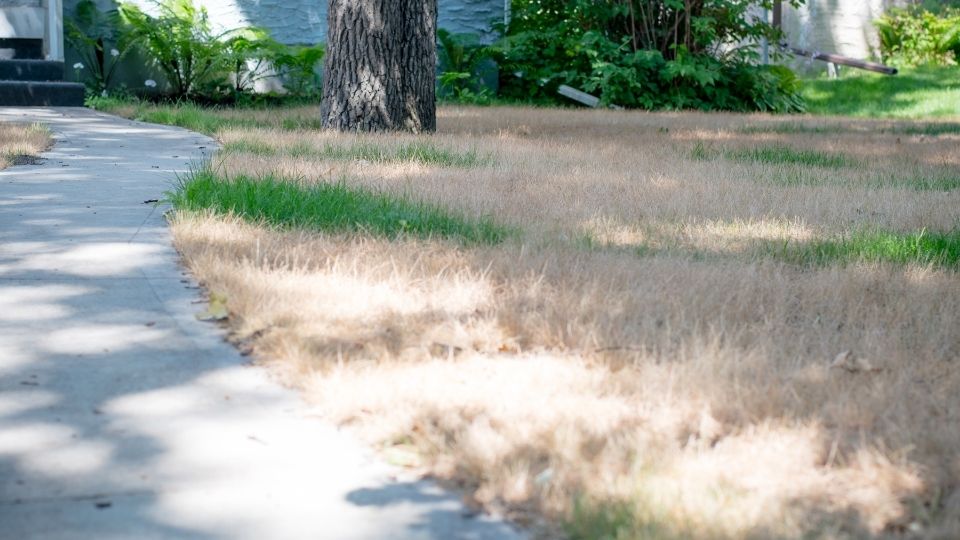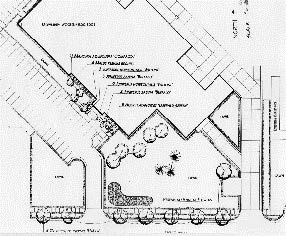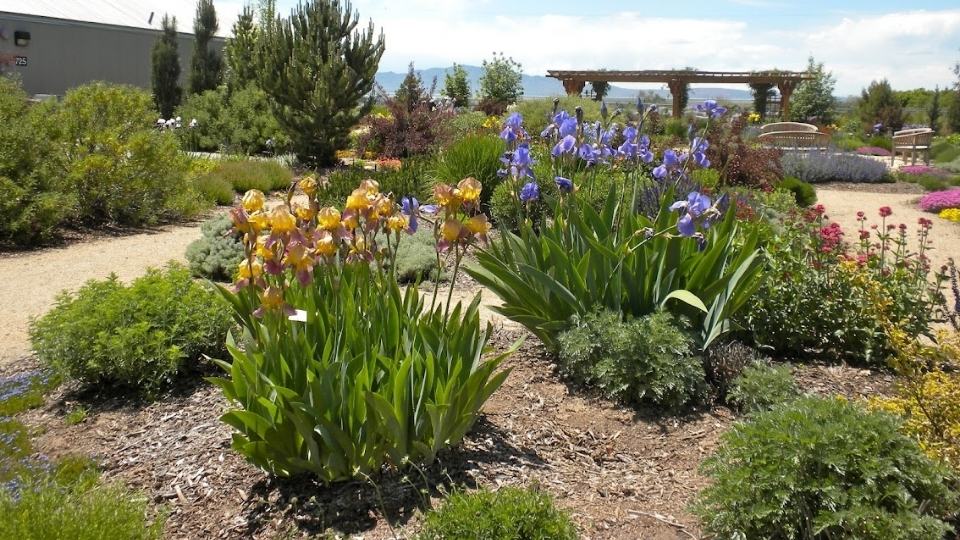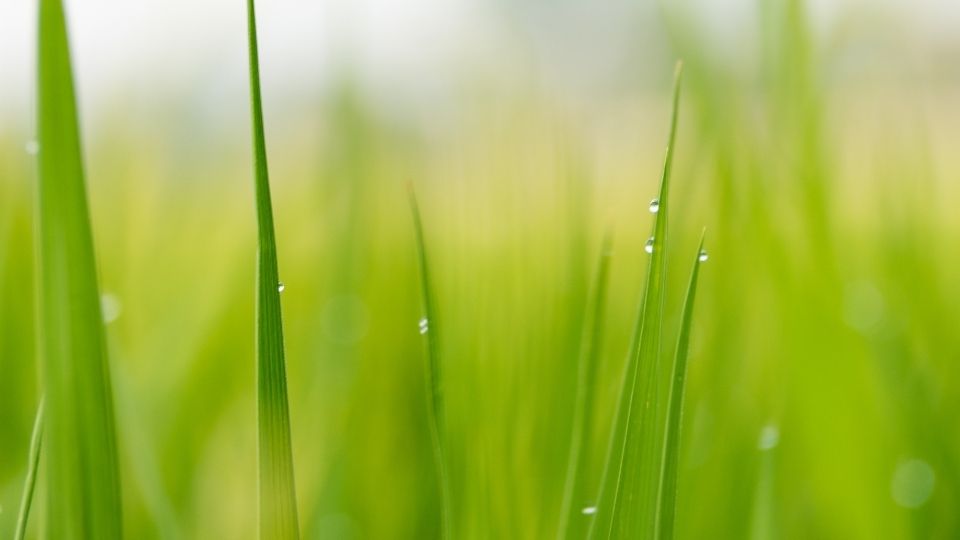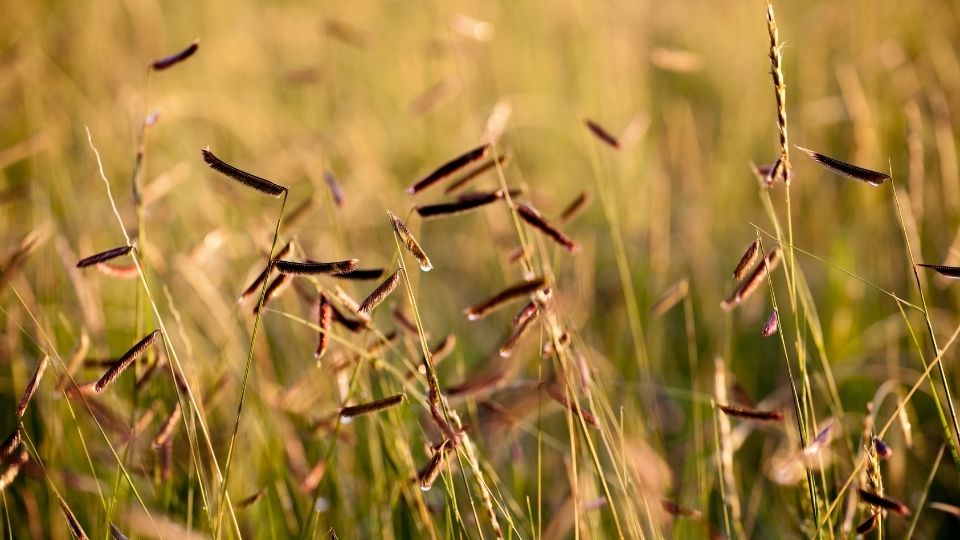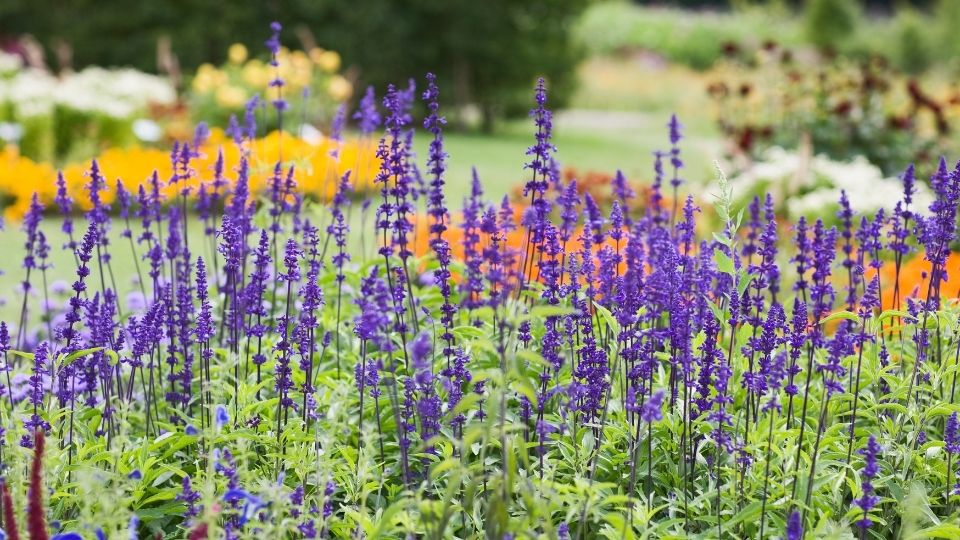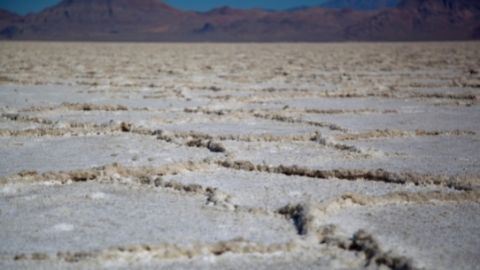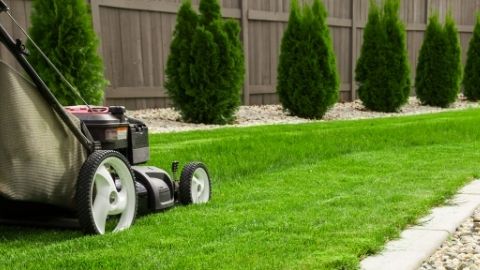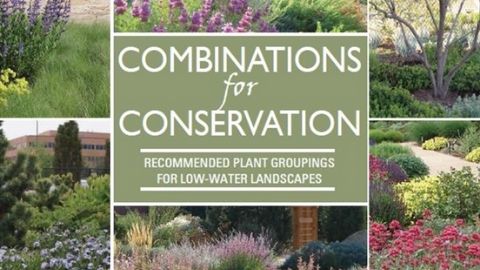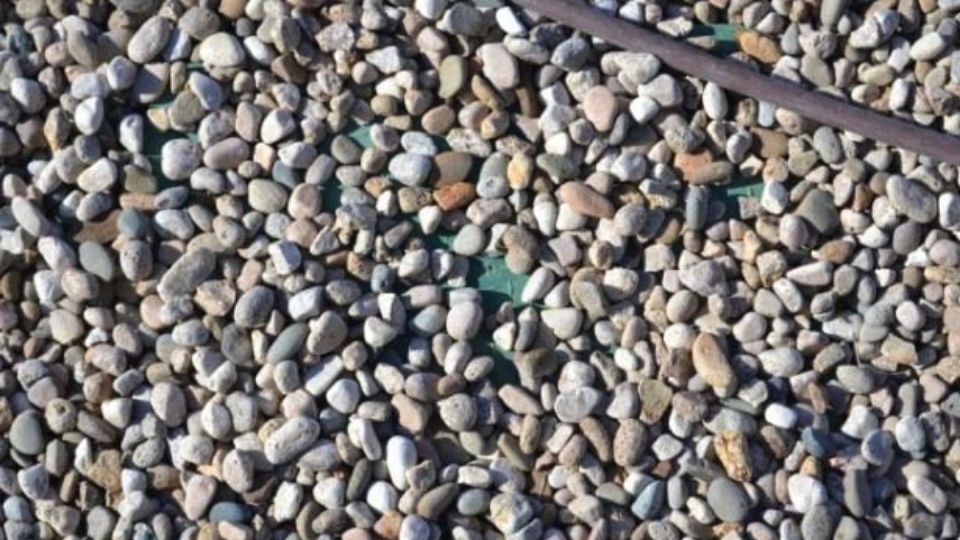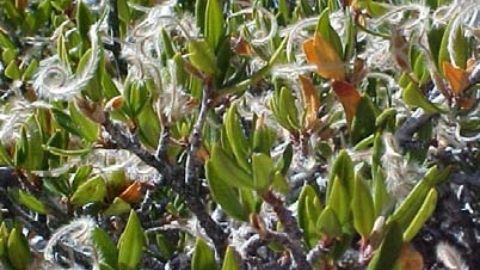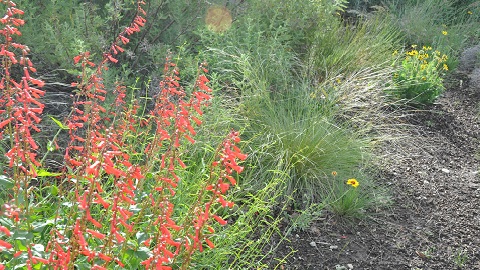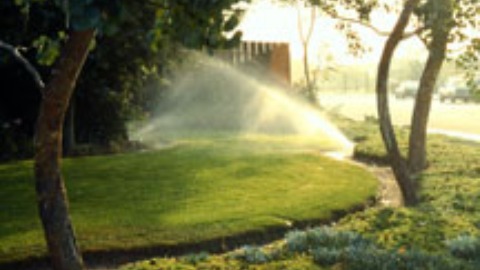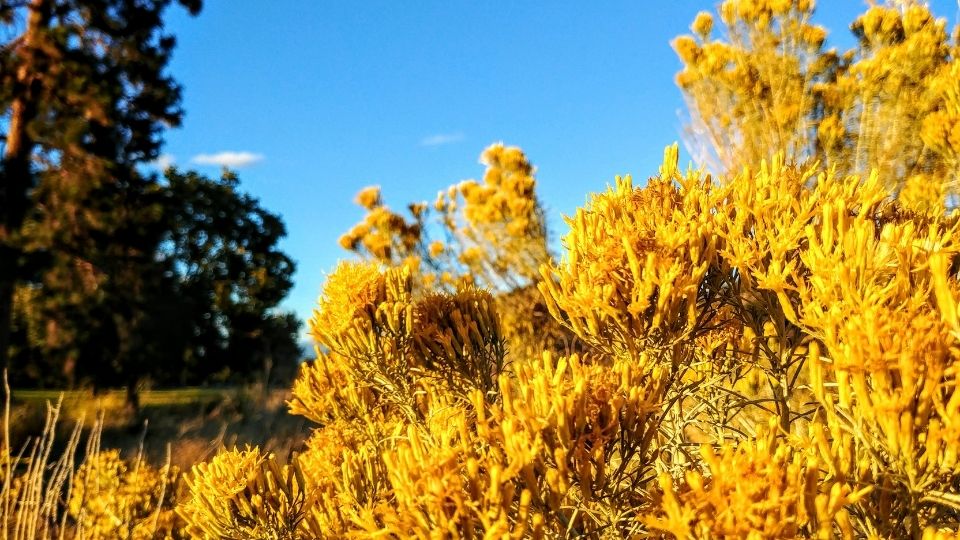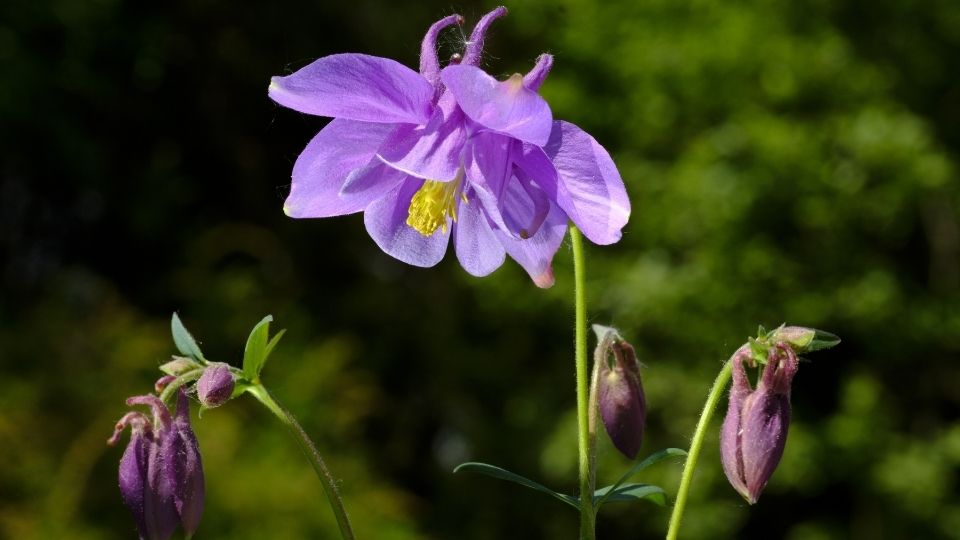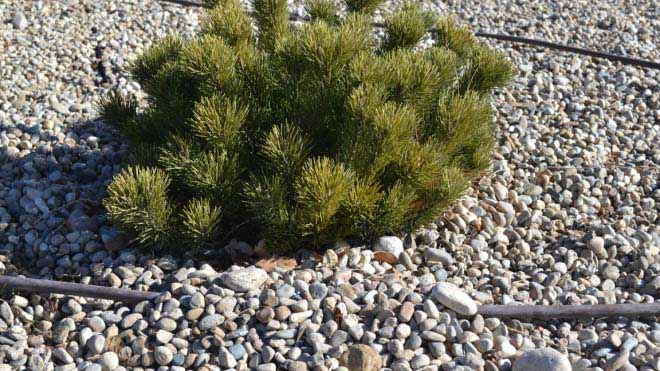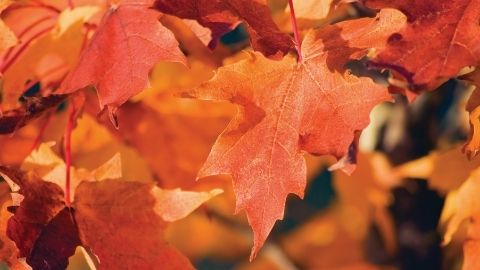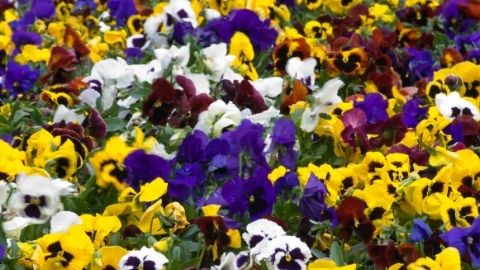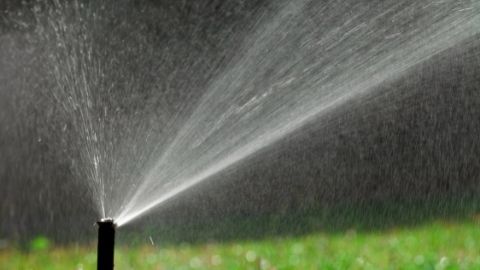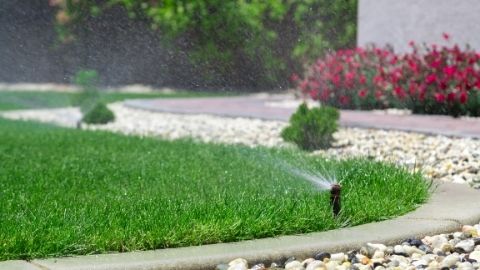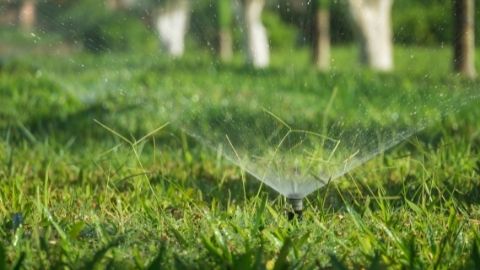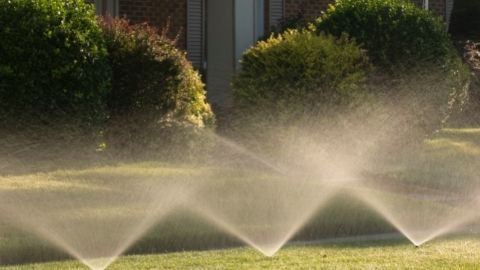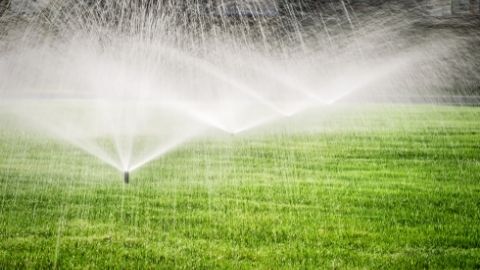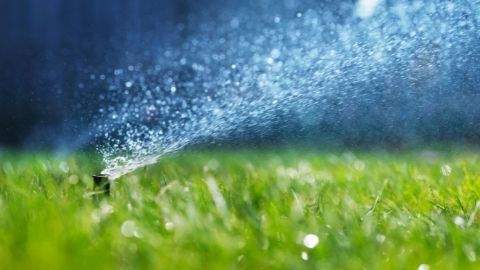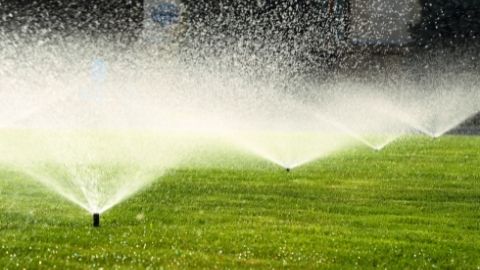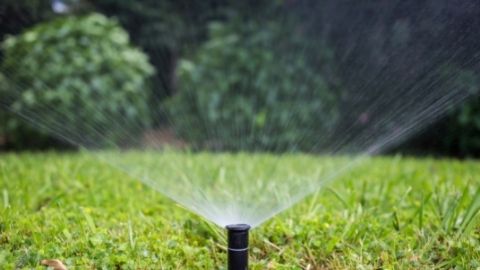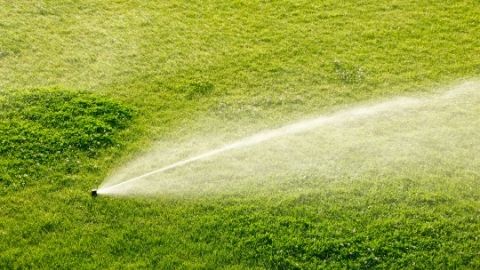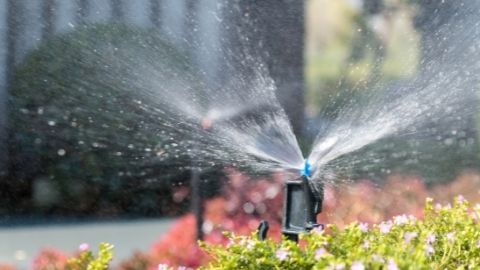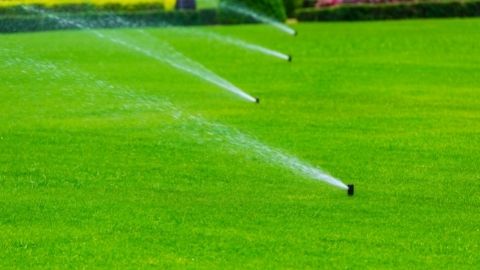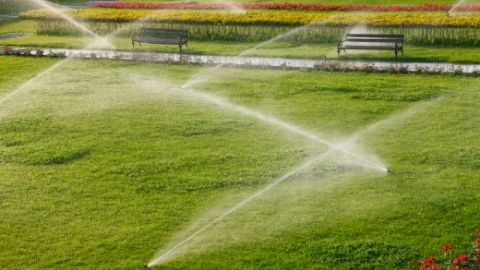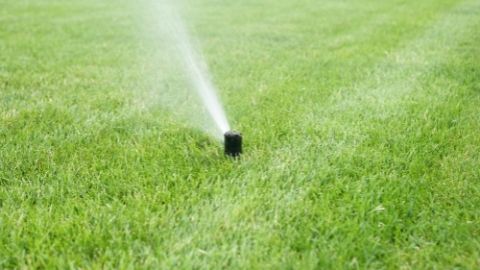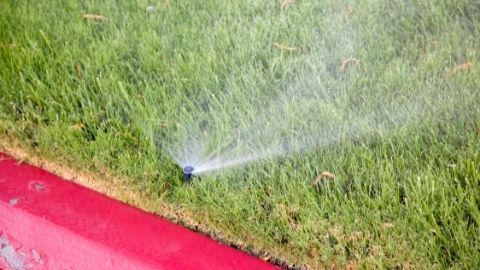Landscaping in Dry Shade: 15 Great Landscape Plants for Dry Shady Areas
March 2018 | Horticulture/Lanscape/2018-01pr
Finding the right landscape plants for dry areas that are also shady can be challenging. Most of the drought tolerant plants used in Utah’s residential and commercial landscapes come from dry environments and are adapted to full sun. Therefore, these plants do not grow well in shaded environments.
Shade produces a microclimate with unique cooling effects, reduced soil evaporation and reduced plant transpiration (Lin & Lin, 2010). In spite of the common perception that shade gardens are always cool and moist, often there is not ample soil moisture.
Often the very conditions that create shade can reduce soil moisture. For example, the soil beneath the canopy of a mature blue spruce is heavily shaded; however, between the canopy’s ability to shed snow and water to the drip zone and the water demand of the tree itself, the soil immediately underneath the tree can be very dry. This is especially true in Utah where high elevation and low humidity increases solar radiation and transpiration from the very canopy that may be creating the shade (Mee, et al., 2003).
Typically, shade plants have developed certain traits such as thin, shade adapted leaves that are less adapted to resist water loss. On the other hand, adaptive traits of most drought tolerant plants to full sun, such as small pubescent or thick succulent leaves, reduce their ability to grow in a shaded environment. The end result is a paradox where the adaptations which make a plant shade tolerant may also make it drought intolerant and the adaptations that make a plant drought tolerant may also make it shade intolerant.
The challenge to gardeners is to find plants that are tolerant of both shade and drought. In spite of the challenges of dry shade, there are a number of plants that can perform well in such an environment. Utah State University Extension compiled a list of plants that grow in dry shade. The list was sent in survey form to the Utah Public Garden Network to verify excellent performance of these plants when grown in dry shade. The following is a list of 15 plants that perform well in dry shade areas.
Top 15 Plants for Dry Shade
| Key to Symbols | USDA Hardiness Zones: | |||
|---|---|---|---|---|
| Partial Shade / Low Water | 3 | -40 To -30 °F | ||
| Full Shade / Low Water | 4 | -30 To -20 °F | ||
| Partial Shade / Moderate Water | 5 | -20 To -10 °F | ||
| Full Shade / Moderate Water | 6 | -10 To -0 °F | ||
| Deer Resistant | 7 | 0 To 10 °F | ||
| Attracts Butterflies | ||||
| Attracts Hummingbirds | ||||
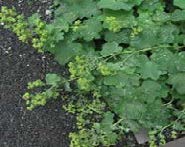
1. Alchemilla mollis / Lady's Mantle
Lady’s mantle is a medium-sized, mounding perennial hardy to zone 3. It grows 1-1 ½ feet tall and 1 ½-2 ½ feet wide, with lime green, medium- large leaves. Lady’s mantle produces chartreuse flower clusters in June. Its flowers are good for cut or dried floral arrangements.
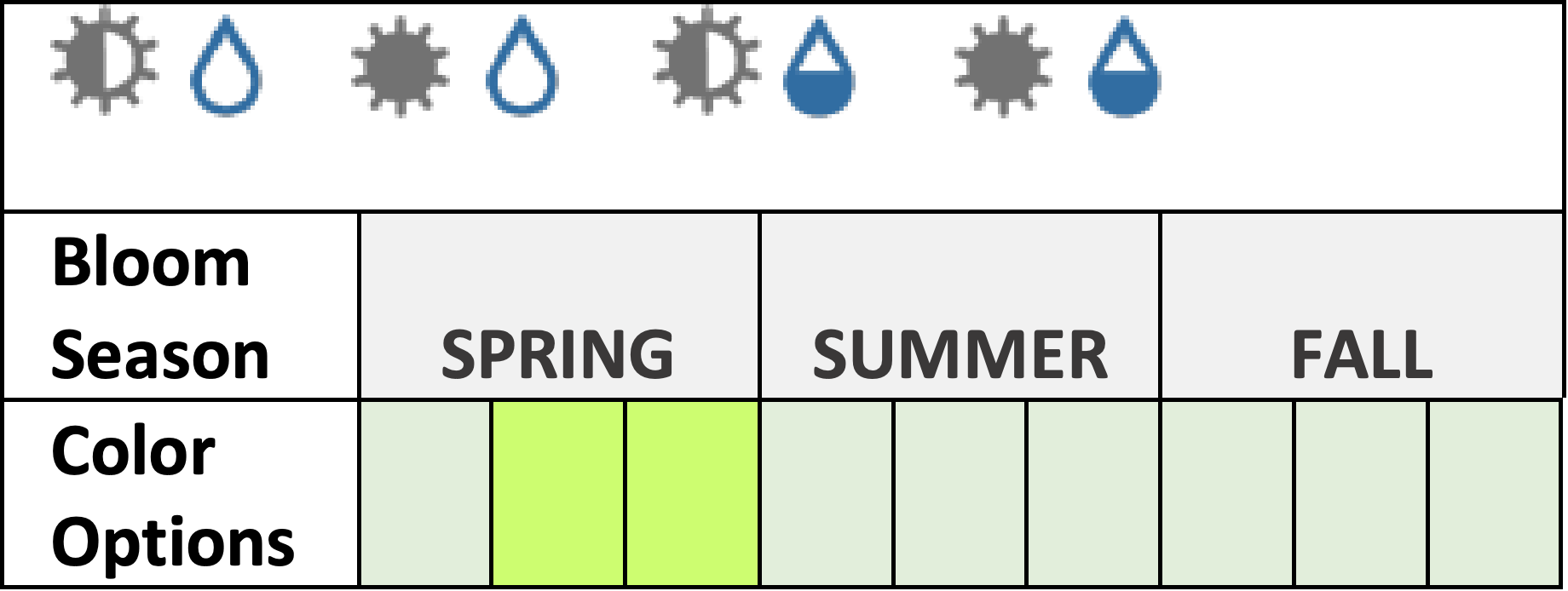

2. Aquilegia / Columbine
There are numerous species and varieties of columbine. They generally grow about 2 feet tall and 1 foot wide, and are hardy to zone 3. Columbine have light green, fernlike foliage and produce drooping flowers attractive to hummingbirds. Columbine cultivars are available in a variety of colors from whites, yellows, blues, and reds to bicolored.
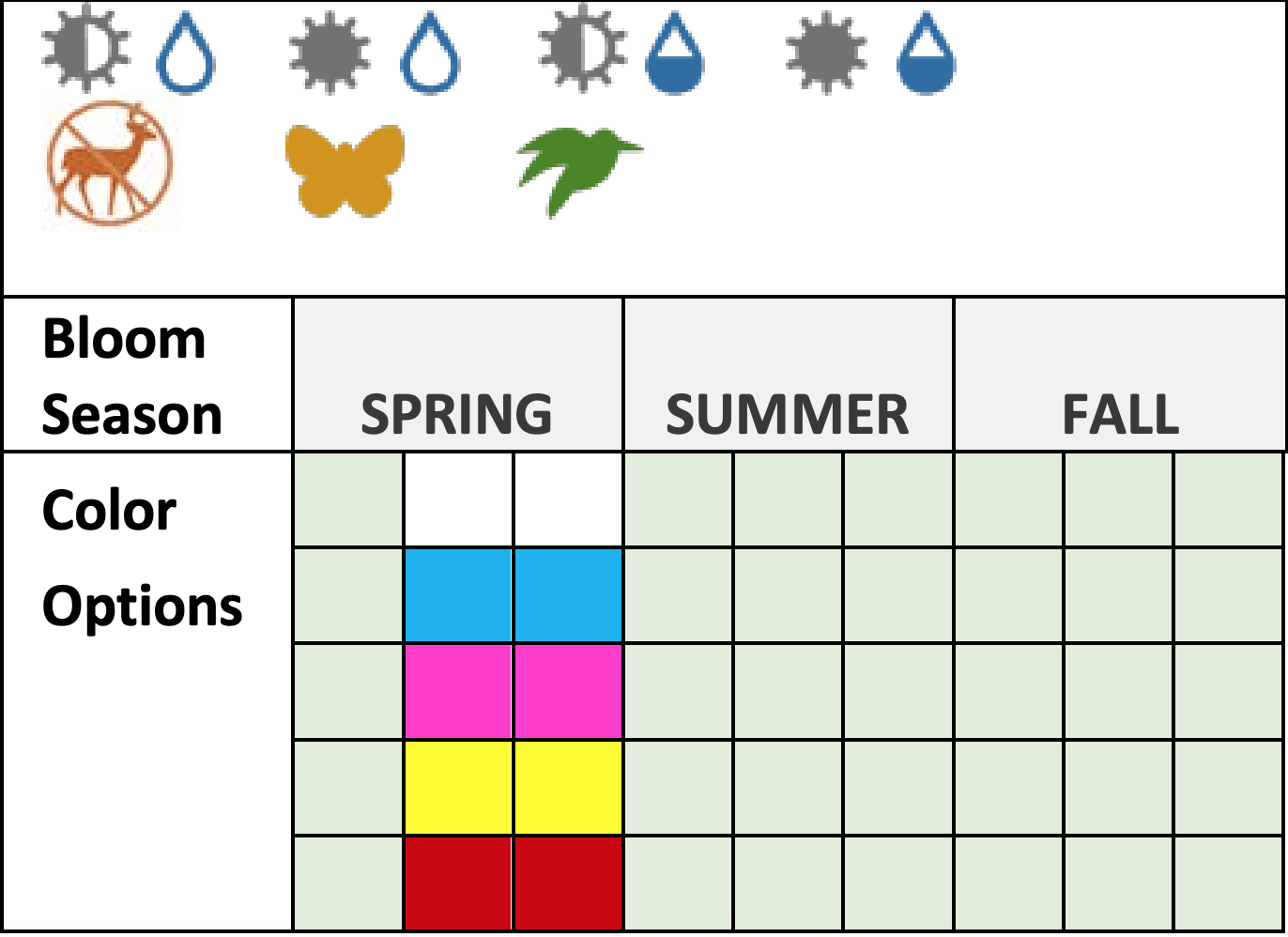
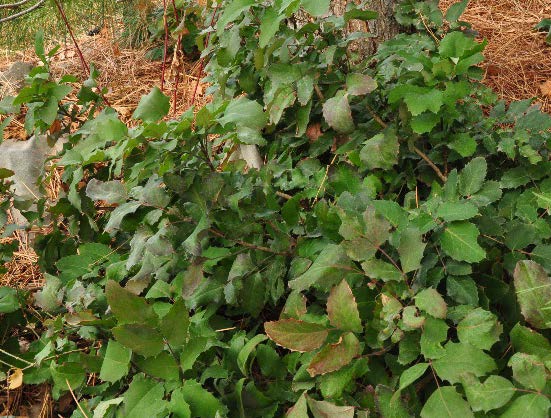
3. Mahonia repens / Creeping Oregon grape
Mahonia repens, commonly called creeping Oregon grape, is a small woody evergreen native ground- cover growing to about 2 feet tall and wide and hardy to Zone 4. It has dark green, holly-like leaves and produces clusters of yellow flowers followed by blue-purple berries in fall.
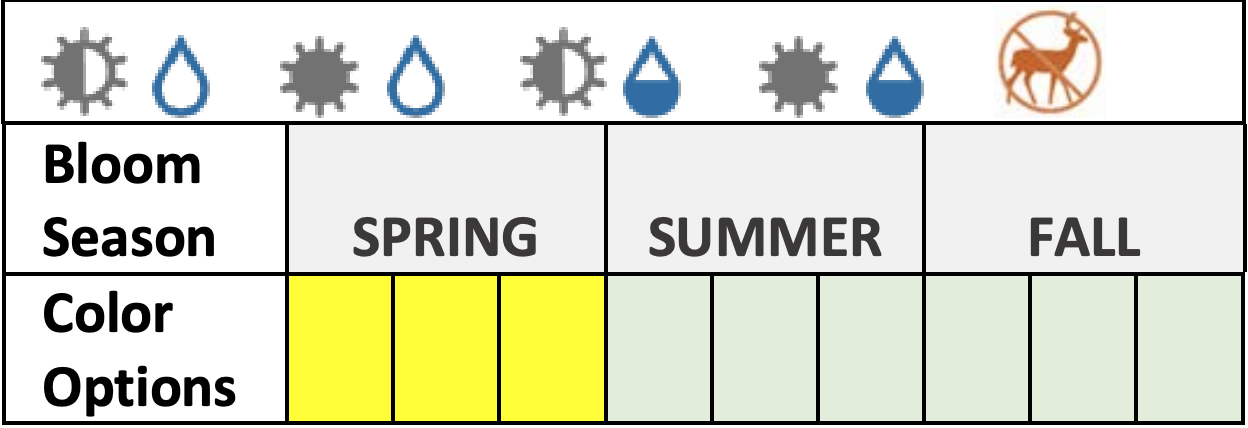
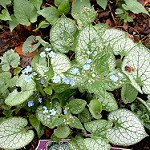
4. Brunnera macrophylla / Siberian bugloss
Brunnera is a mounding perennial, 1 ½ feet tall by 1½- 2 ½ feet wide hardy to zone 3. Foliage is heart- shaped, dark green or with silver/white variegated leaves depending on the variety. It is also commonly called “false forget-me-not” after the small blue flowers produced in spring.

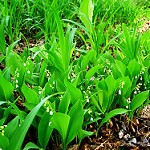
5. Convallaria majalis / Lily of the valley
Convallaria majalis, commonly called lily of the valley, is a low growing perennial about ½ to 1 foot tall. It spreads by rhizomes and is hardy to zone 3. It has deep green, large, lily-like leaves and produces very small white and fragrant nodding flowers in early spring.
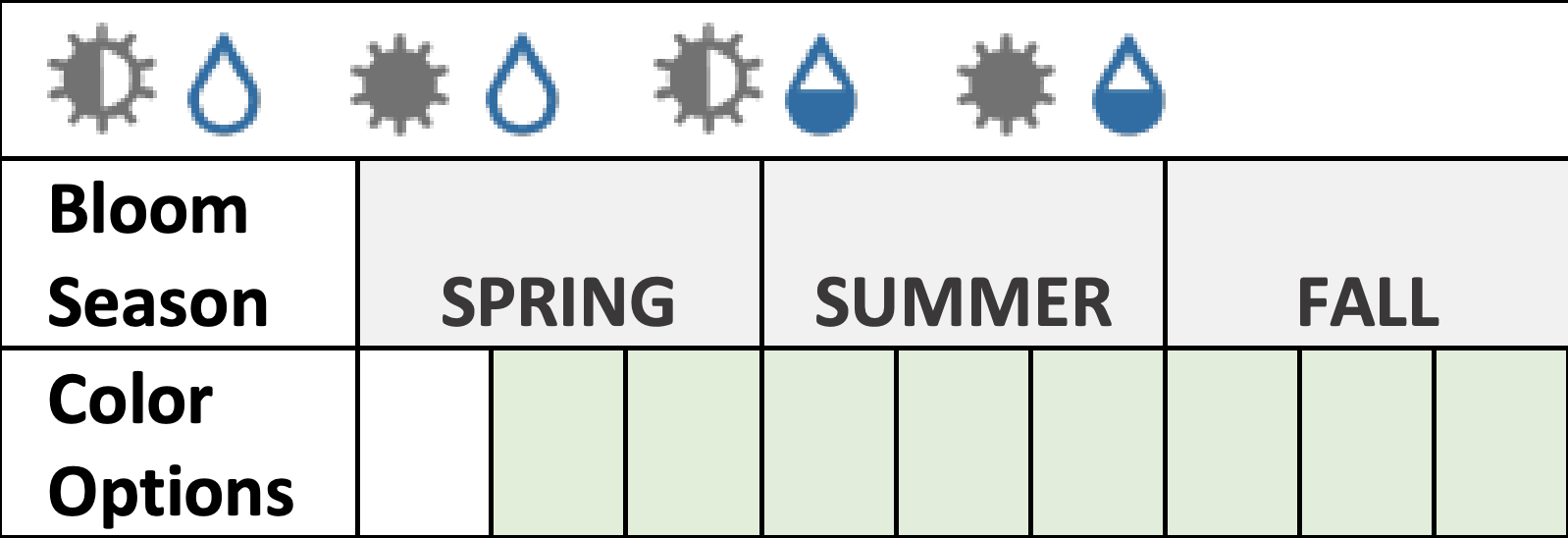
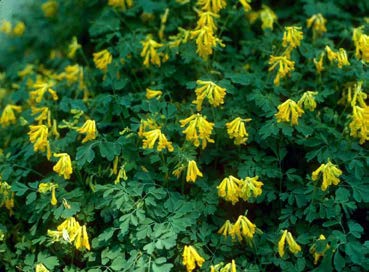
Garden Plant Finder
6. Corydalis lutea / Yellow corydalis
Corydalis is a mounding, herbaceous perennial growing 1 to 1 ½ feet tall and wide and hardy to zone 4. It produces small nodding yellow flowers on top of medium green, fern-like foliage, and blooms sporadically spring through fall.
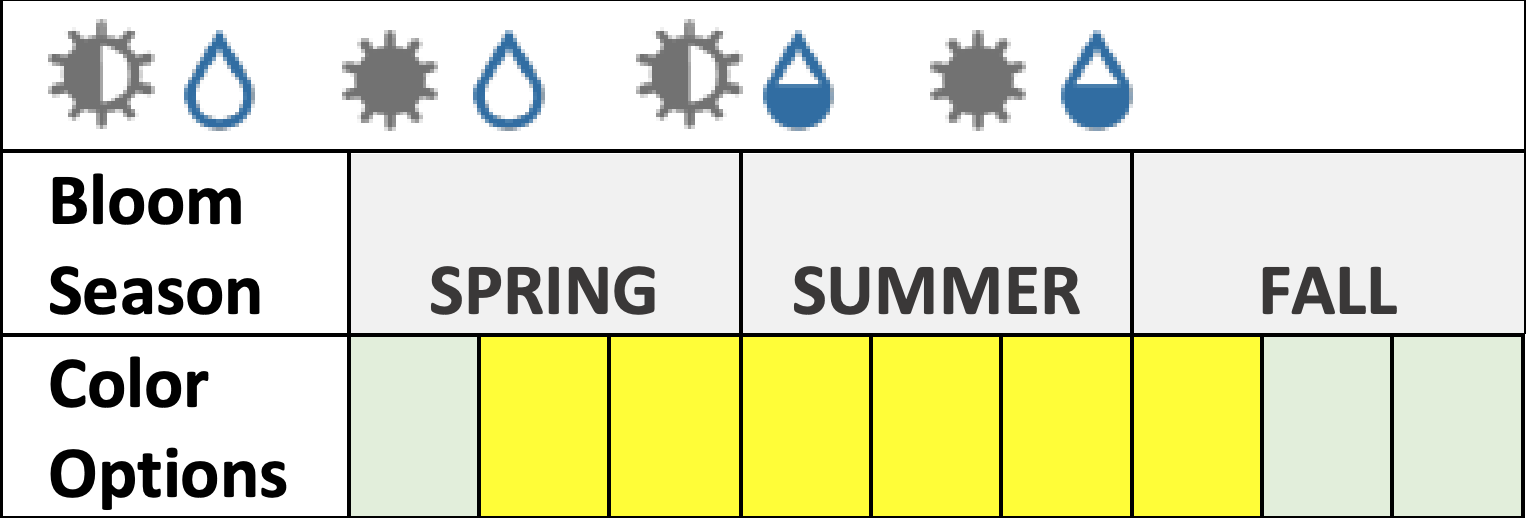
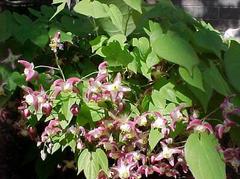
7. Epimedium x rubrum / Red barrenwort
Red barrenwort is a perennial groundcover, 8-12 inches tall, and hardy to zone 4. Foliage is light green and heart shaped. It produces small nodding red blooms in May.
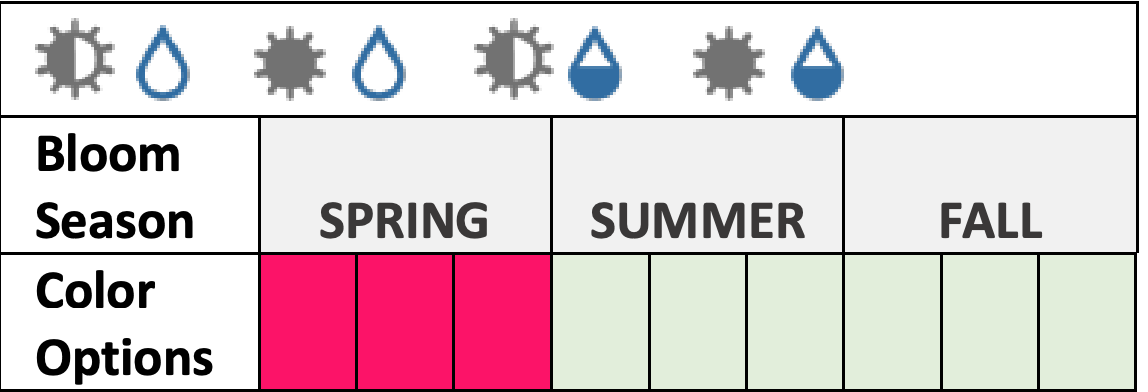

8. Galium odoratum / Sweet woodruff
Sweet woodruff is an herbaceous perennial groundcover that grows ½ to 1 foot tall and is hardy to zone 4. Foliage is light green and whorled. It produces small clusters of white fragrant flowers in April and May.
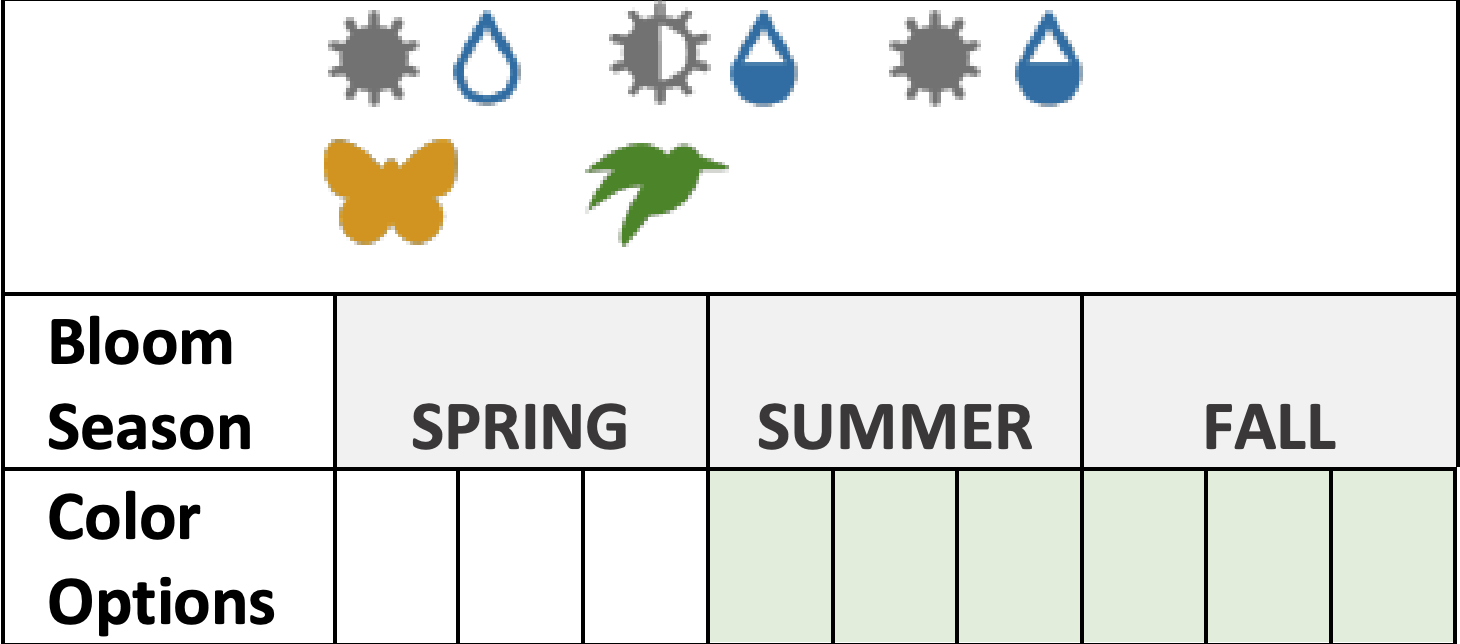
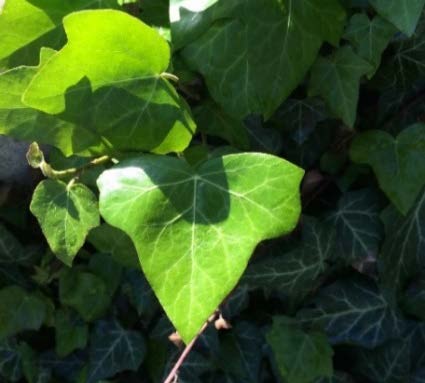
9. Hedera helix / English ivy
Hedera helix, commonly called English ivy, is a woody climbing and spreading perennial with dark green, lobed foliage. It is hardy to zone 4 and grown for its vine-like or groundcover foliage. It rarely produces inconspicuous green-white flowers.
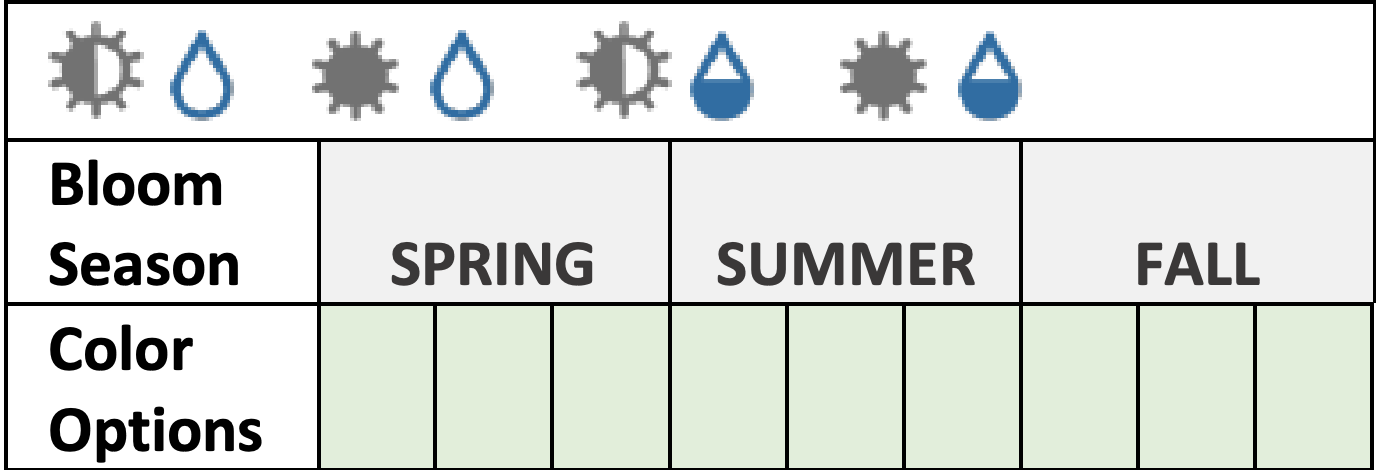

Garden Plant Finder.
10. Heuchera / Coral bells
Heuchera, commonly called coral bells, is an herbaceous perennial with a mounding habit that grows 1 to 1 ½ feet tall and wide. They are hardy to zone 4 and produce small showy white, red, or pink flowers on stalks above the foliage. Coral bells brighten shade gardens with varieties of colored foliage: reds, oranges, and lime greens.


11. Hosta / Hosta
Hostas are herbaceous perennials that come in many varieties, ranging from 6 inches to 3 feet tall and wide and they are hardy to zone 4. Hostas are primarily grown for foliage which range in size, shape, and variegated colors of green, white, and lime. They also produce fragrant flowers on tall stalks in late summer.


12. Hypericum calycinum / St. John’s wort
Hypericum calycinum, commonly called St. John’s wort, is a small spreading groundcover that grows to about 1 foot tall and is hardy to zone 4. St. John’s wort has medium green oval foliage and produces 5-petaled, rose-like bright yellow flowers in summer.
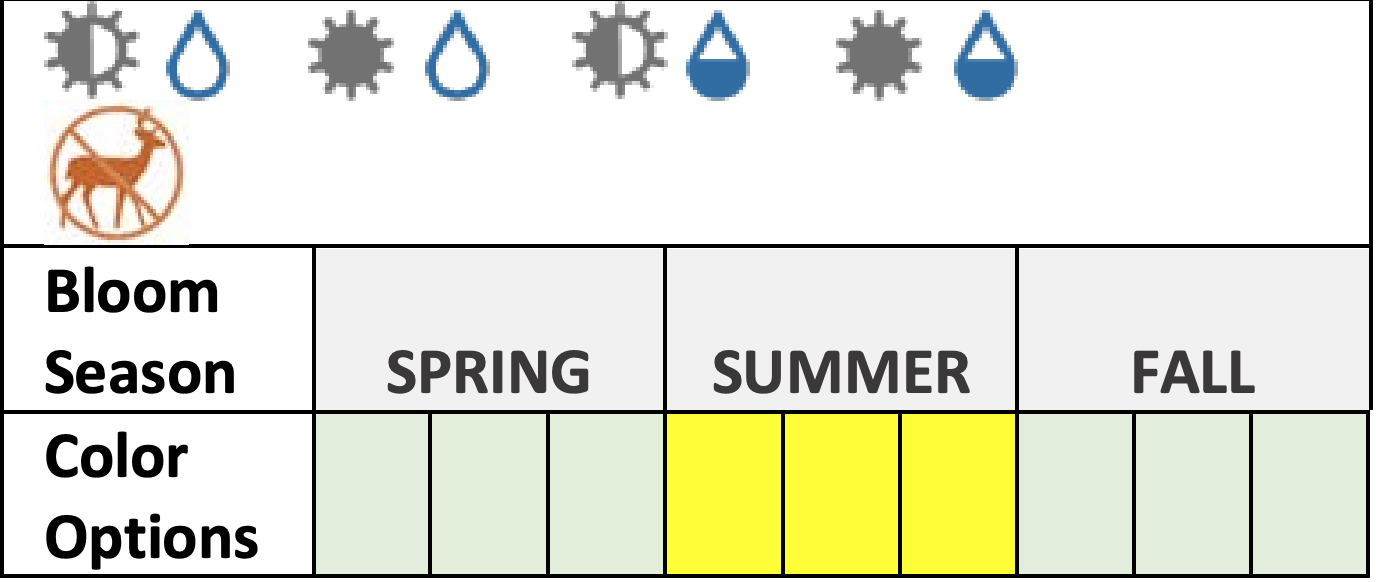
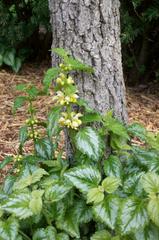
Garden Plant Finder.
13. Lamiastrum galeobdolon / Yellow archangel
Lamiastrum galeobdolon, commonly called yellow archangel, is a mounding herbaceous perennial that grows to 1 to 1 ½ feet tall and wide and is hardy to zone 4. Yellow archangel has green and silver variegated foliage and produces small yellow flowers on stalks in June, with secondary blooms in fall if dead-headed.


14. Rhus aromatica / ‘Gro-Low’ fragrant sumac
Rhus aromatica ‘Gro-Low’, commonly called Gro- Low fragrant sumac, is a low-growing shrub reaching 2 to 3 feet tall and 3 to 6 feet wide and is hardy to zone 3. Fragrant sumac has medium green leaves that turn vibrant red in fall and produces insignificant white-yellow flowers in spring.


15. Tiarella cordifolia / Foamflower
Tiarella cordifolia, commonly called foamflower, is a clumping herbaceous perennial that grows to 1 foot tall by 1 to 2 feet wide and is hardy to zone 4. Foamflower has sharply lobed foliage available in several variegated colors such as greens and reds. Foamflower produces showy, airy white or pink flower stalks.
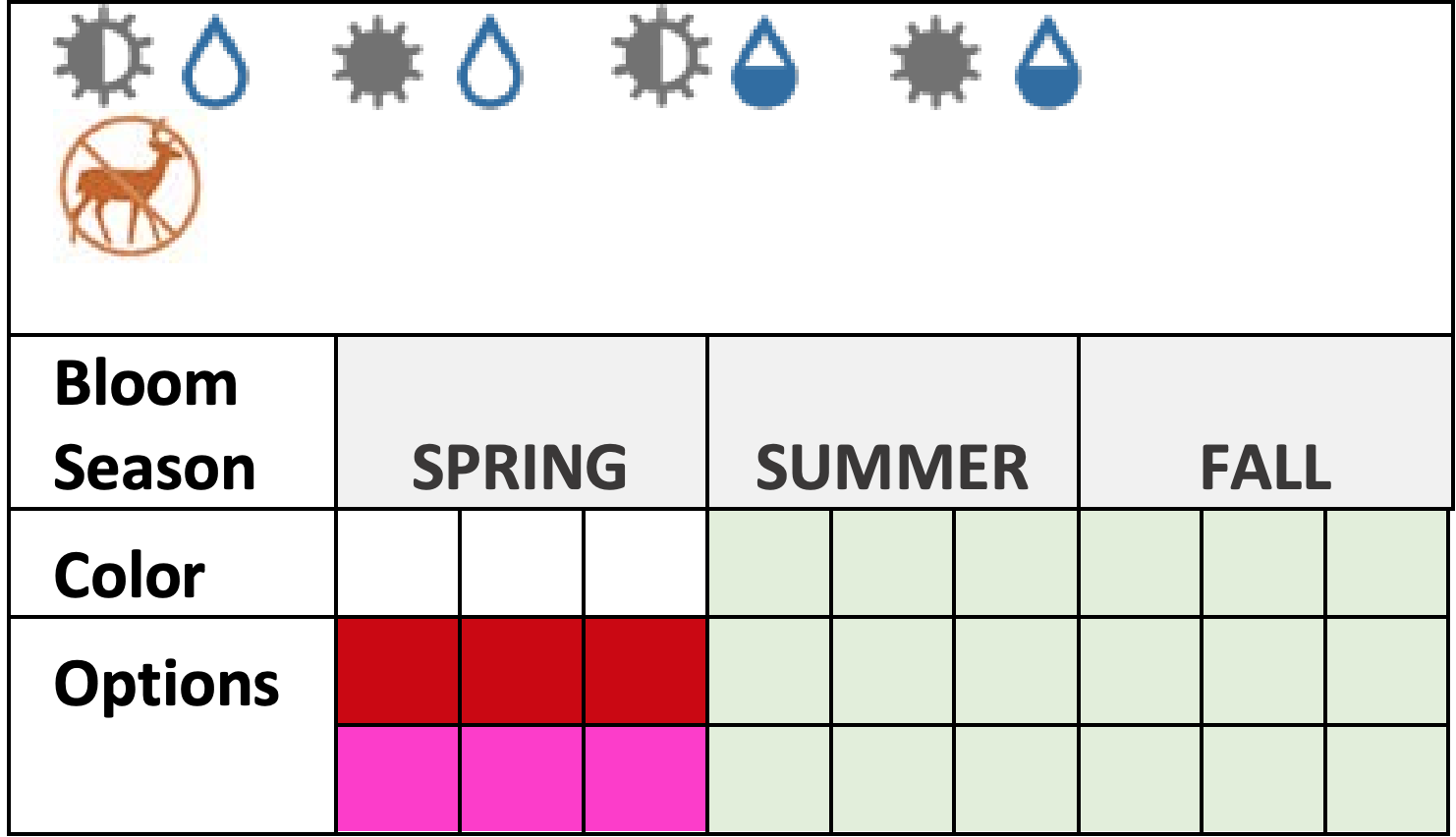
References
- eXtension.org. (2015, January 26). Plants for Water Wise Pollinator Gardens: Creeping mahonia (Mahonia repens, Berberis repens, Berberis aquifolium var. repens).
Retrieved from https://landscape-water-conservation.extension.org/ s=Plants+for+Water+Wise+Pollinator+Gardens%3A+Creeping+mahonia+ - Lin, B.-S., & Lin, Y.-J. (2010). Cooling Effect of Shade Trees with Different Characteristics in a Subtropical Urban Park. HortScience, 45:1, 83-86.
Retrieved from https://journals.ashs.org/hortsci/view/journals/hortsci/45/1/article-p83.xml?rskey=hgGuQy - Mee, W., Barnes, J., Kjelgren, R., Sutton, R., Cerny, T., & Johnson, C. (2003). Water Wise: native plants for intermountain landscapes.Logan, Utah: Utah State University Press.
- Missouri Botanical Garden: Plant Finder. (n.d.). St. Louis, Missouri.
Retrieved from http://www.missouribotanicalgarden.org/plantfinder/plantfindersearch.aspx - Papas, C. (2017, August 31). A Host of Hostas. Pennsylvania.
Retrieved from https://extension.psu.edu/a-host-of-hostas - Sellmer, J. (2017, August 4). Shade Tolerant Trees, Shrubs, and Groundcovers. Pennsylvania.
Retrieved from https://extension.psu.edu/shade-tolerant-trees-shrubs-and-groundcovers
Authors
Helen Muntz, Extension Educator, Utah State University; Larry Rupp, Extension Landscape Horticulture Specialist, Utah State University
Related Research



